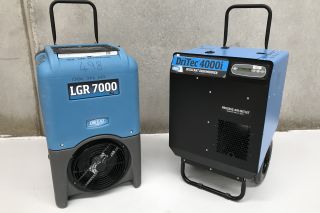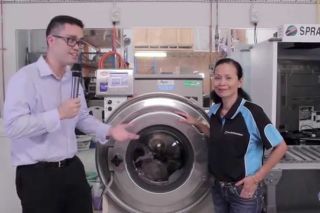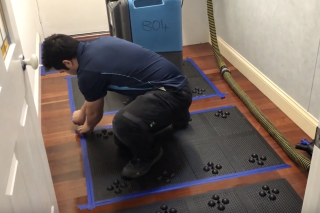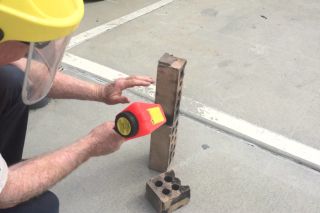What is a Desiccant Dehumidifier?
This article explains what Desiccant Dehumifiers are and how they different from refrigerant dehumidifers.
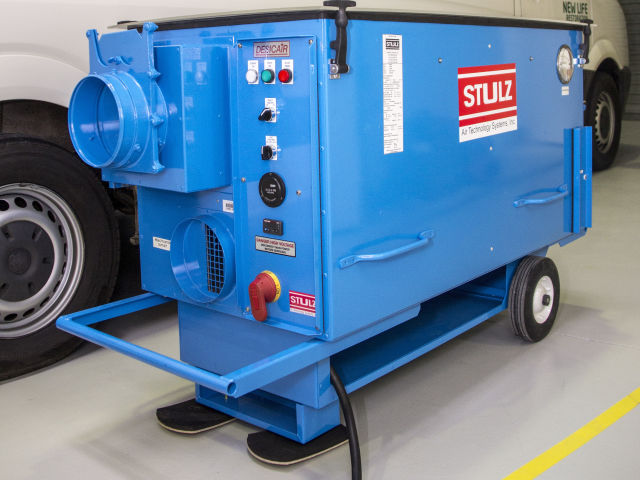
#What is a Desiccant Dehumidifier?
Desiccants are materials that have a high attraction to moisture. A typical example of desiccant is the bag of silica gel that comes in the box when you purchase new electronic equipment. Desiccants in comparison to a refrigerant will create the driest air conditions.
Desiccant dehumidifiers in comparison to refrigerant dehumidifiers can create a lower vapour pressure and therefore the highest evaporative force. There is a saying in this industry - “wet goes to dry.” Because the air exerted from the desiccant is very dry, it will attract the moisture out of the materials you are trying to dry at a faster rate.
How it Works
The concept of the desiccant dehumidifier is actually very simple compared to a refrigerant dehumidifier. Best way to explain is by looking at the corresponding picture:
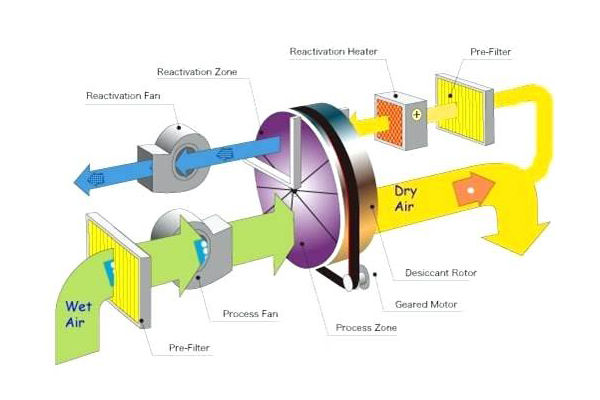
The desiccant in housed in the round rotating wheel. The desiccant is divided into sections (like a pie). The wet air passes through a section of the wheel and the moisture in the air is deposited onto the desiccant. Now the wheel will rotate and the wet section of the desiccant will be heated in order to remove the moisture out of that slice. The process repeats itself over and over.
So Why use Desiccant Dehumidifiers?
The simple answer is that it that they are very cost effective and efficient at drying large areas. E.g large office buildings, stadiums and storaage tanks. It is simply the most cost effective way to dry down these areas! In large areas which need to be dried down it is far more cost effective to install one large desiccant unit than to install several refrigerant dehumidifiers.
Another reason why we use desiccants is that it has the ability to dry down things which are hard to dry. As mentioned earlier it will create the lowest vapor pressure compared to refrigerant dehumidifiers. This is what gives the desiccant its unmatched performance.
